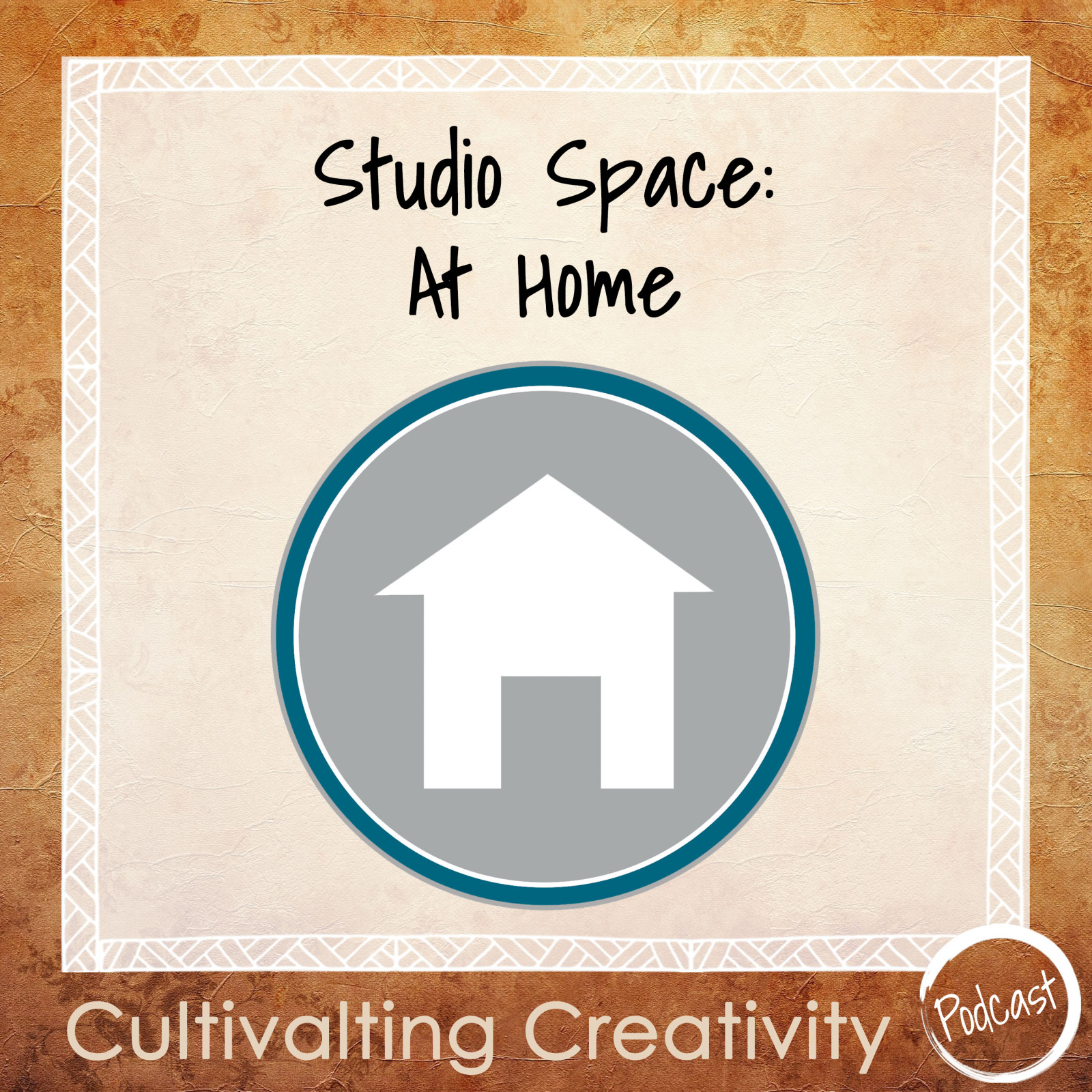
Summary:
Want to start creating but don’t know where you should you work? Need to create a studio space in your home, but space is at a premium? No problem! In this episode, I can help you assess your space to create a studio that works with what you have and make it work for you!
created by a human
Episode Transcription:
[00:00:00] Welcome. I'm Kristi Backman. And this is my podcast Cultivating Creativity. It's about helping you build your creative life. Giving creatives a way to make space for artistic growth, through the insights of an artist , art instructor, and a creativity coach about the creative process and living that crazy creative life.
[00:00:29] Want to start creating, but don't know where you should work? Do you need to create a studio space in your home, but space is at a premium? No problem! In this episode, I can help you assess your space to create a studio that works with what you have and makes it work for you!
[00:00:45] So, let's start with the issue of no space. Say you have a really small living space, and you feel like you have absolutely no place to set up a permanent studio. A lot of people get discouraged here, but really, it's not a problem. You can create what I call a mobile studio.
[00:01:08] A mobile studio is a collection of supplies, in a container that you can take to multiple locations. You can repurpose space temporarily and then very quickly pack it up and put it away or pack it up and take it home. I know several artists who keep a mobile studio in the back of their car or in their trunk. Because they prefer to make art in a variety of locations. It's always there in their car and ready to go.
[00:01:35] Your mobile studio doesn't need to be fancy. It just needs to house the materials you need to make art. Perhaps it's a shoulder bag, holding your current work in progress that you could take to any location, like a friend's house, the coffee shop, or even your own living room. It's all together in one space.
[00:01:53] The biggest challenge of a mobile studio is not having your materials together. There's nothing more annoying than getting set up in a beautiful space, getting your materials out and realizing that you're missing something crucial. So, make sure you keep everything together. When you're just getting started, you may not have that many supplies and that's fine, but if you're anything like me (and every other creative I know) there's something magical about new art supplies. So over time, you're going to start to collect more and more supplies. All of those supplies may not fit in your one mobile studio. At this point, you may have to have some storage and break it up into multiple mobile studios.
[00:02:41] I have a plastic case that I have ready to go with clay supplies. I have friends who like to get together and we work on arts together. And so, I have created several mobile studios, even though I have a permanent studio in my home. So, this can actually be a really fun thing to do, even if you have another studio, because sometimes we need a change of location.
[00:03:04] I have a small clay mobile studio. And by the way, this is an oil base or a polymer clay, so that is my mobile clay studio. I also have a small container with basic drawing supplies and colored pencils. And this is what I think of as my design kit. When I am coming up with ideas, sometimes I just like to work outside, at a park or some place that feels inspiring. And all I need are the basic drawing materials, some color, and a notebook and I have that also ready to go. So, this idea of a mobile studio is not confined to not having space.
[00:03:43] As you create your mobile studio, just don't get too carried away into too big of a box that's unwieldy to carry or move around, keep it fairly small, lightweight and portable. The largest I would go would be one of those collapsible rolling crates that you often see teachers with, that can be handy. But anything bigger than that is really not that mobile. You want to keep this mobile. You want to keep this simple. So really think about what materials you need, perhaps divide up some of your materials. What do you tend to use at one time? How could you put them together? And have a little bit of fun putting together a mobile studio. What does that look like? You can be very effective with a small mobile studio.
[00:04:32] Now perhaps there's some small spaces in your home that you could work with. You could create an art nook. You could convert a small part of your home into a studio space. This could be a corner in your bedroom or living room or any other part of your house that works.
[00:04:46] In one apartment. I hung a sheet from the ceiling in my bedroom to separate my sleeping space and my studio space. Because I need calmness to sleep, and my studio space can get a little bit chaotic. I've also used a very simple folding screen room divider. Which you can find in a variety of sizes but can block off some of your space when you're not using it. And/or create a barrier if you want a little more privacy.
[00:05:15] Or perhaps you have extra space, maybe you have an empty room that you could convert into an art room studio space. Do you have a spare room? This could be an empty bedroom, an old playroom, a second living room, a sunroom, or even a closet. A small closet can be converted into an art nook or a larger closet space could be seen as a smaller room and become your studio space. It's all about thinking outside the box. So, this depends on what is available in your home. Maybe there's a loft space or perhaps if you have a formal dining room space, you could use part of that space (or all of it) since you already have another place to eat.
[00:05:56] Another great solution are basements and attics; these spaces are great for makers. They're separate from the living space, but they're still at home. And if they're unfinished, that's not a problem because that's all the better for making messes. They're also often unique and this can be to your advantage. They can present some really great opportunities for you to customize your studio space.
[00:06:20] For example, by studio space is in my basement. And my basement has a finished area, which I use for most of my work. But it also has an unfinished section I use for a shop. It's perfect. It's great to have both those areas, but to have them separate.
[00:06:36] Another option, are garages and outbuildings. Really evaluate your space to see what's possible. You can repurpose an outbuilding. I knew an artist who converted their chicken coop into a studio. Really your imagination is the limit here. You can divide the space. I have a good friend who turned one car length of their garage into a metal forge and woodshop. You can also add an outbuilding, small sheds can be very affordable and a great solution.
[00:07:03] Now some of the challenges of these spaces is that they're often unheated and maybe without power. So how can we make this work? This could be as simple as putting on gloves and using a generator. Or it could be a longer-term project involving insulation and utility hookups.
[00:07:22] The next thing I want to talk about. Is what equipment do you really need? Honestly, at the most basic level, you need a table, a chair and some light. This could be a folding chair, a TV tray, and a desk lamp. And of course, your art materials. You don't have to start big. While we may want giant spaces and amazing equipment, those things are just a convenience. So many artists in history have created amazing things in small spaces. The art space itself does not make you a better artist. It's just the location in which you are creating your art, you the artist, are what brings the magic.
[00:08:06] One consideration if your media or process requires a larger or more specific space. This can present a different challenge. We'll actually address that in the next couple episodes. I'll be talking about rented space for specific media, and we'll also be talking about media itself and some alternatives on where you can find places to work, with some of those more specific needs.
[00:08:33] Now I want to also talk about some of the advantages and challenges of working at home. Some of the advantages It's convenient. There's no travel time. You can pop in and out very quickly. You could perhaps check on something if it's setting or drying. And you have easy access to food and bathroom facilities. This is not to be understated! And the most obvious is there's no added expense for using this space because it's already in your home.
[00:09:02] Some of the challenges of working at home. First, allocating a space to use and or to repurpose. Another is setting boundaries. Having the people you live with respect your time spent in the studio. Creating an understanding that while you're working in your studio space, you're not to be interrupted, unless it's an emergency.
[00:09:23] Another disadvantage could be getting distracted. For example, grabbing a snack and then seeing other stuff that you need to do that perhaps may feel more important than studio time. Most people rate the importance of creative activities last. They tend to not give them a high priority. And so, it seems more important to do perhaps a household task then to go back into your studio space. And so that's a commitment issue that you really have to address with yourself. What level of importance do you want to place on your time in the studio? How important is this art activity?
[00:10:01] Now all of us will place a different level of importance on the idea of studio space. Just to share a bit of a funny story. I personally have always had a commitment to myself. To have a studio space in every place I lived. And I told you before one time it was part of my bedroom. So, it's not that it has to be an extra studio space. It's just that I'm allocating some of my space for an art studio. So much so that when my college boyfriend proposed to me before saying yes, I made him promise that we would always have a space where I could create. That shows my level of commitment. Now, sadly that marriage did not work out. And it had nothing to do with the studio space.
[00:10:46] And you may not have that same level of commitment. But I'm just telling you, it's a matter of priority. And even with a very limited space, there's nothing wrong with working at say the kitchen table, working at a chair. Frida Kahlo worked from her bed when she was too ill to get up. So, my point here is if you want it to work, you have to apply that creative brain and make it happen. So really take a new look at your space and think about what the possibilities are. And if you need any help with this, I am here to help. Reach out, I would love to help you figure out a solution that works for you!
[00:11:26] If you enjoyed this episode, subscribe to my podcast. You can also follow me on social. Until next time!
created by a human

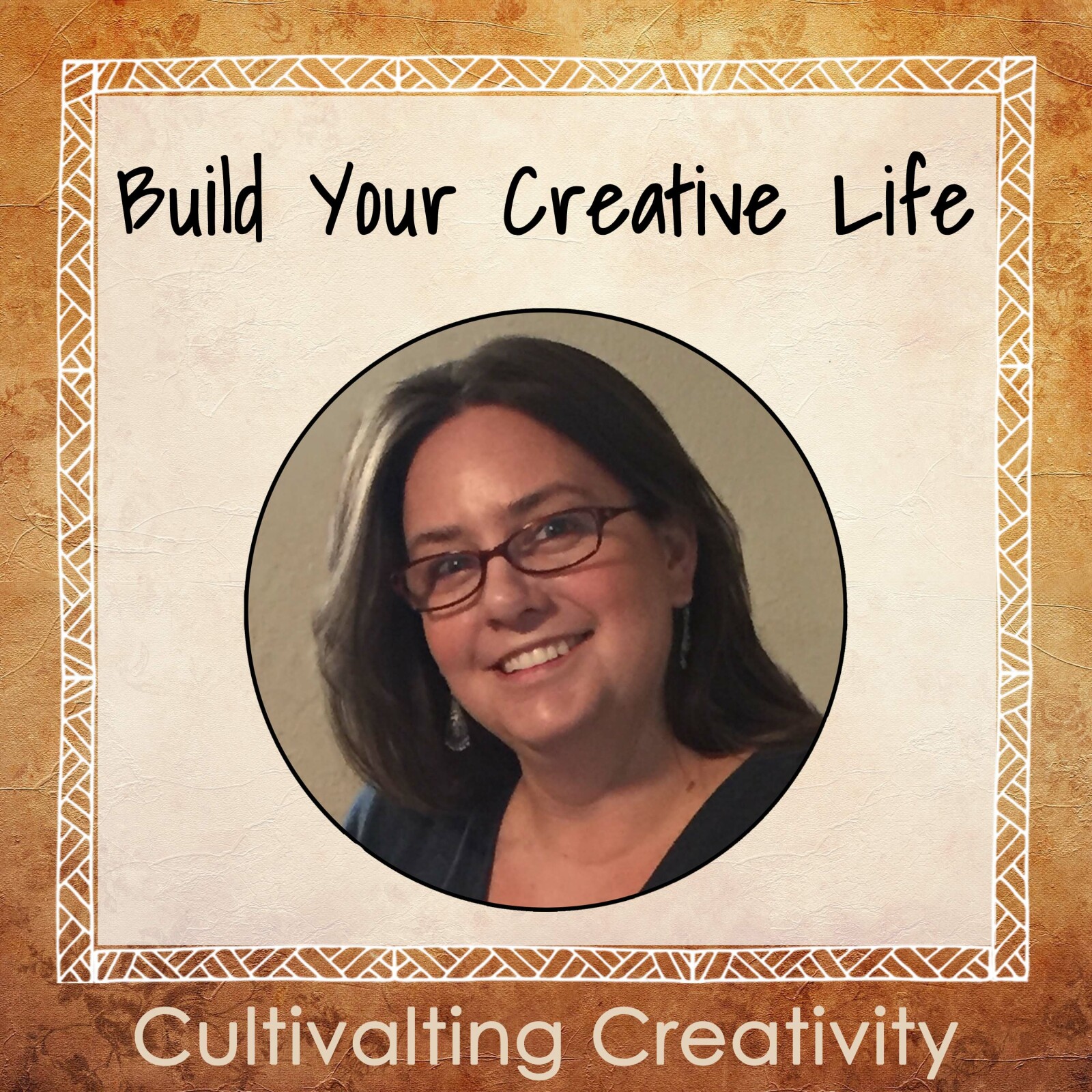

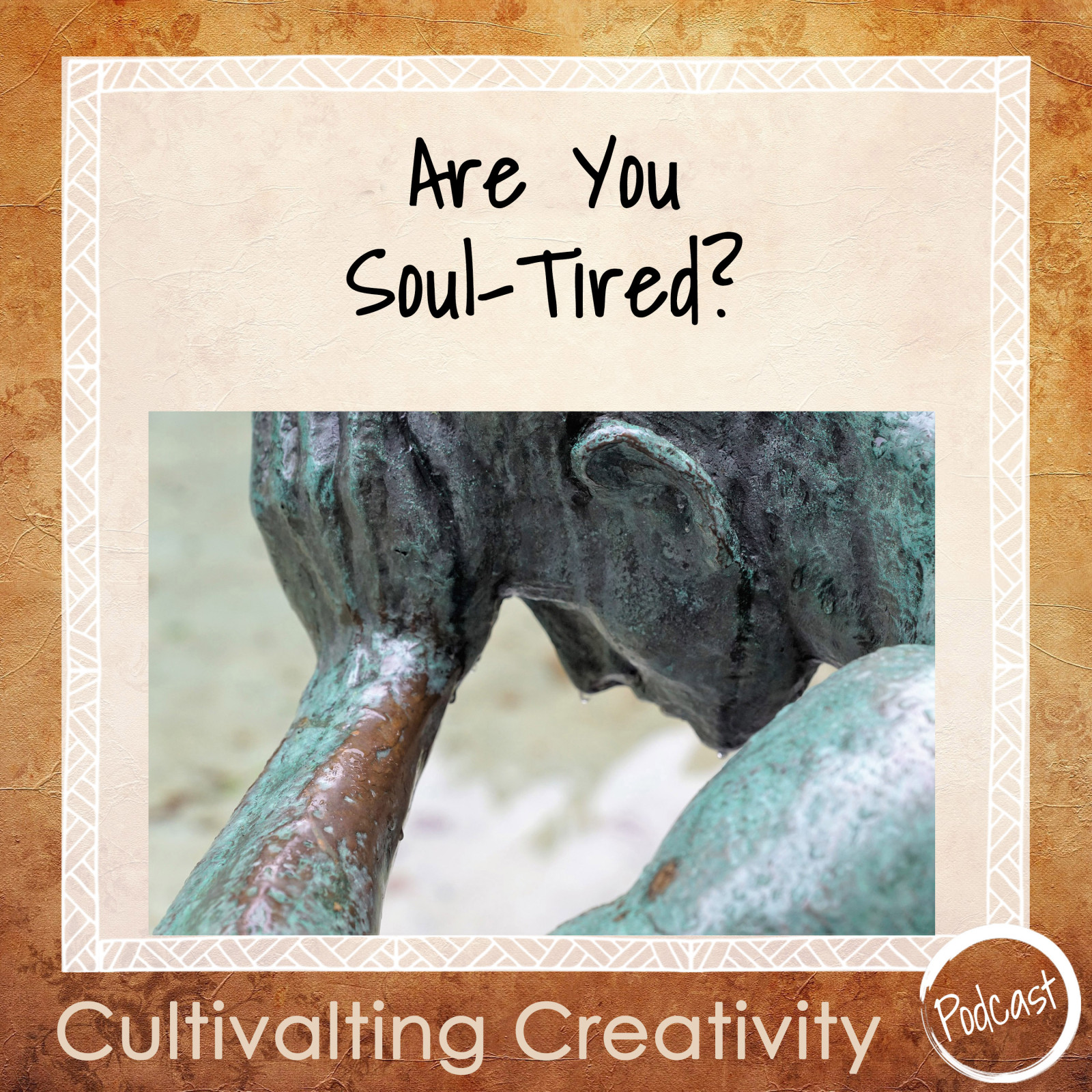
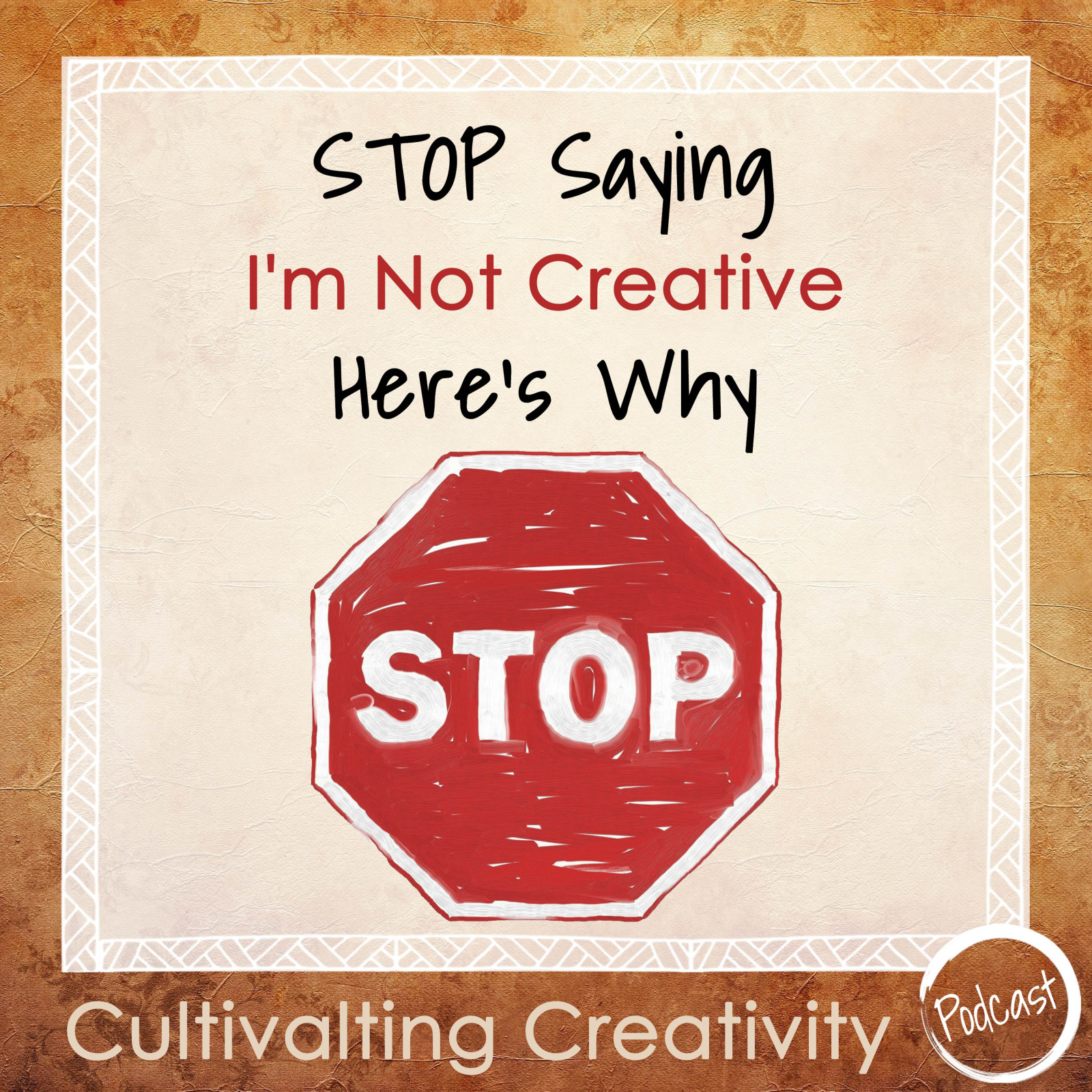
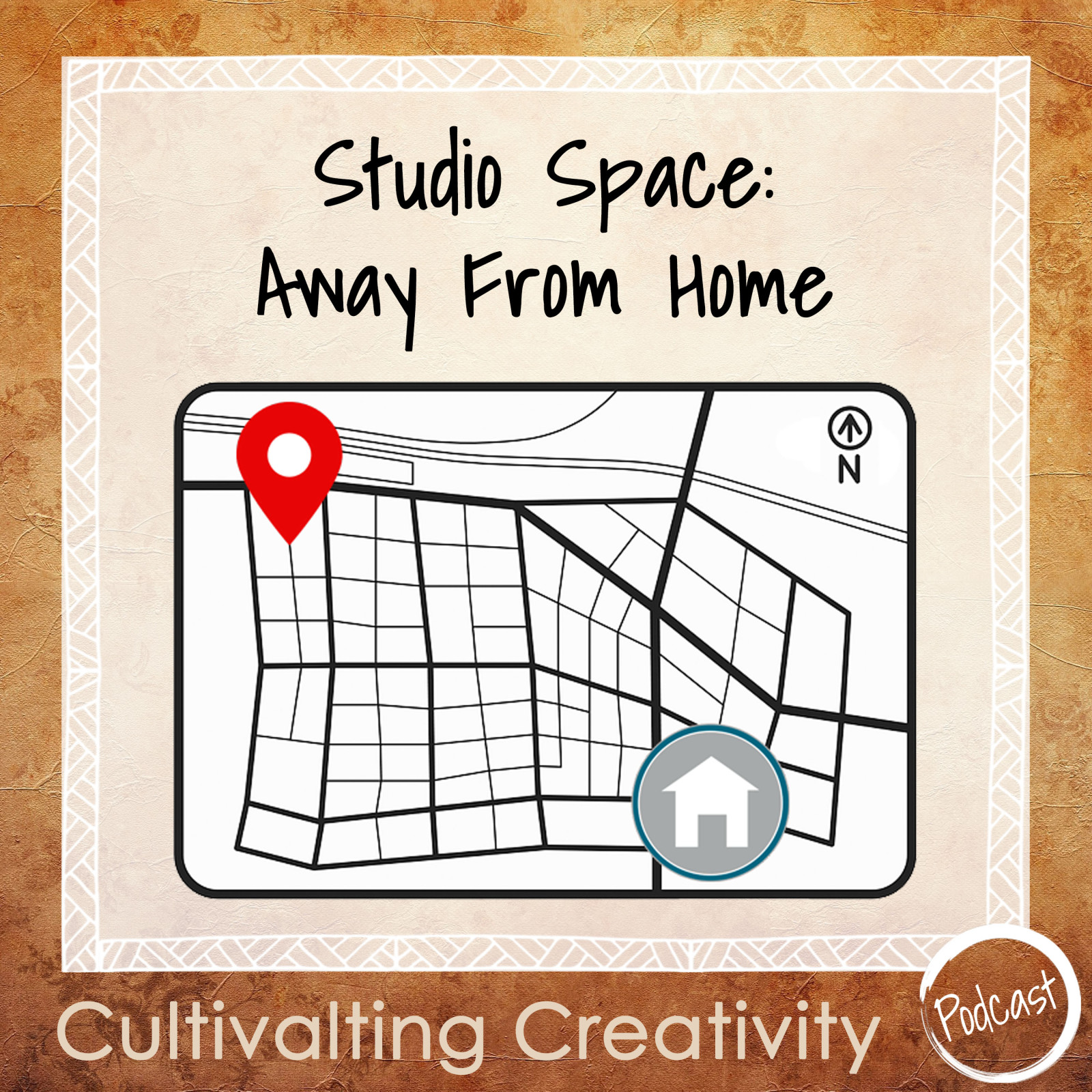


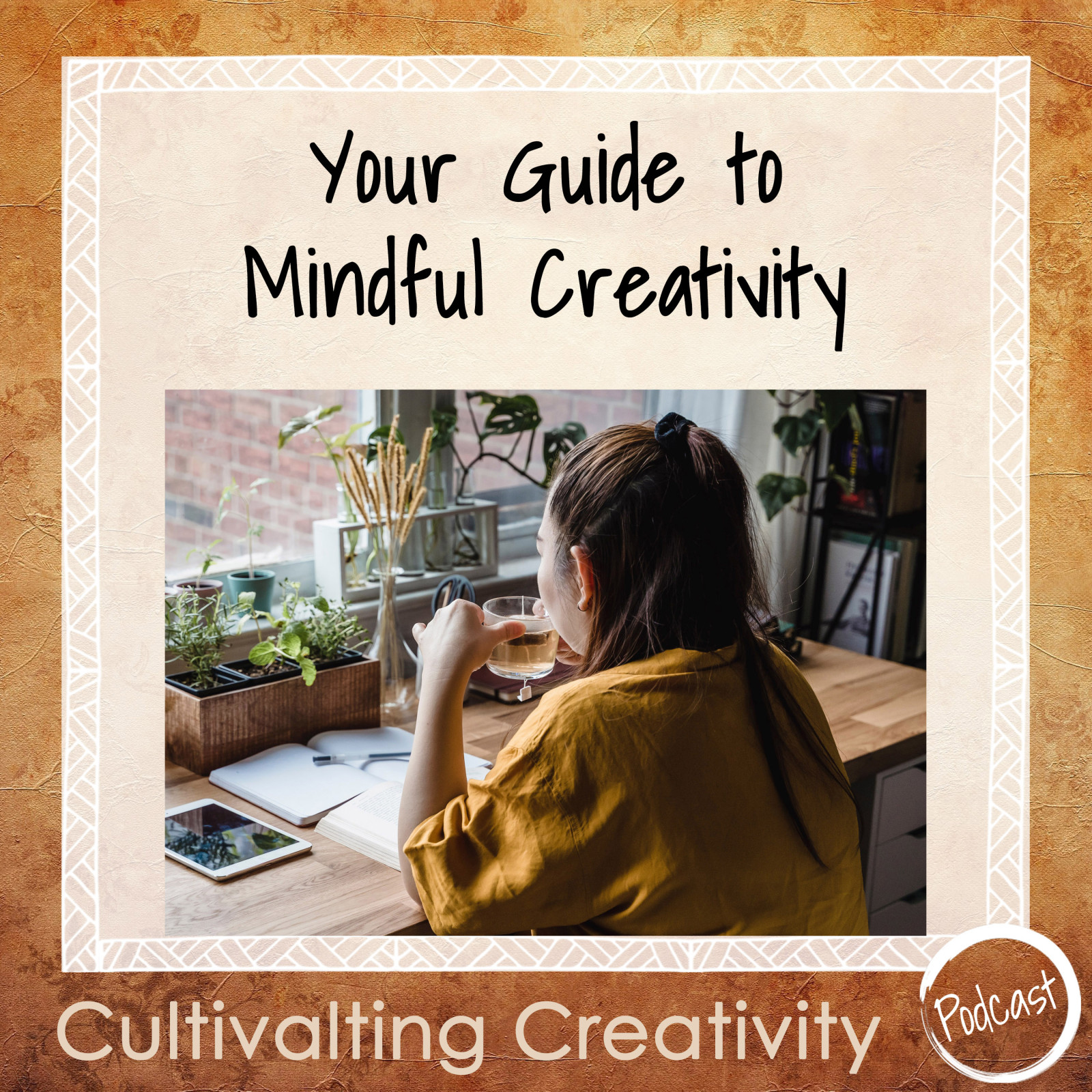

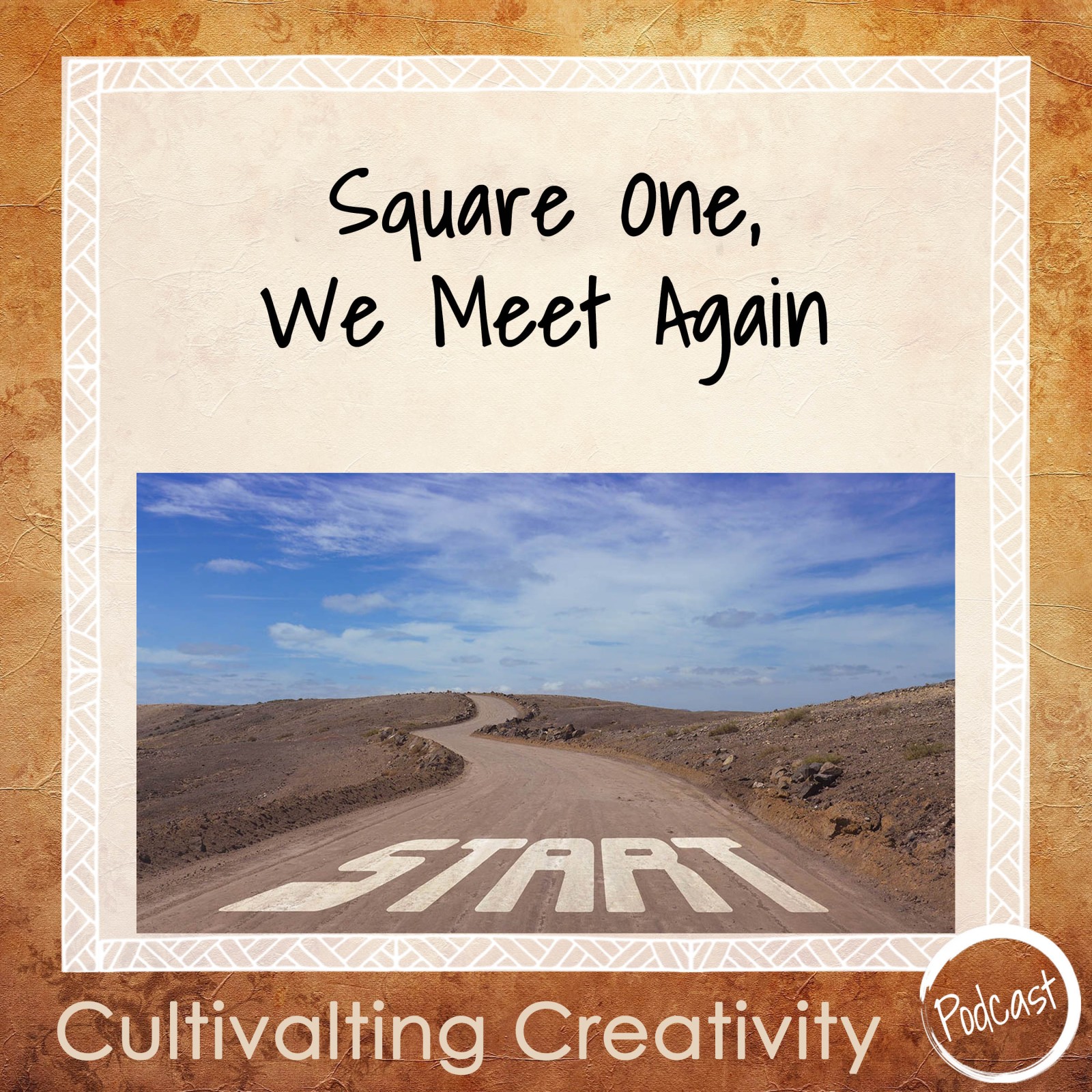




0 Comments